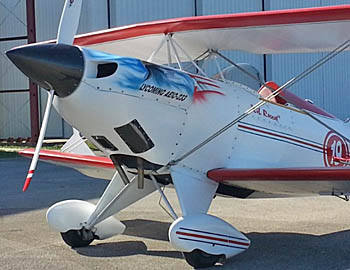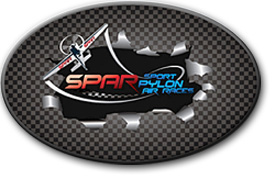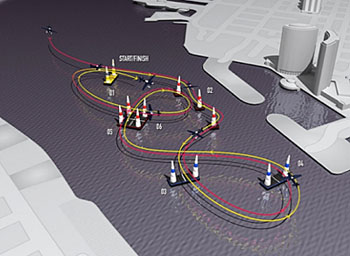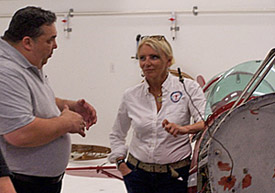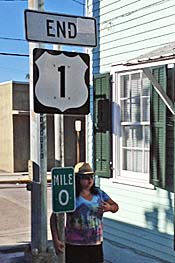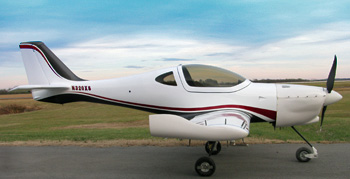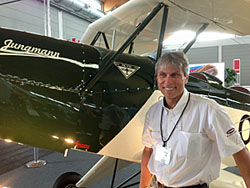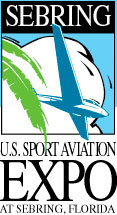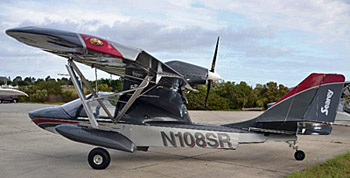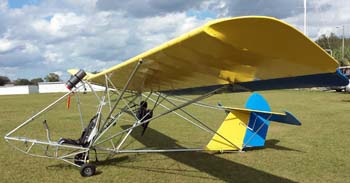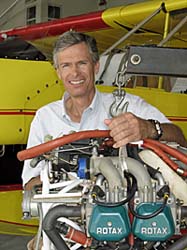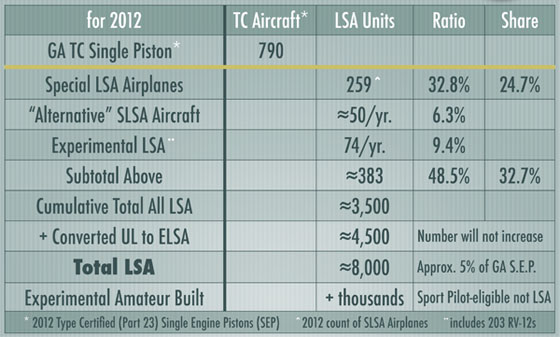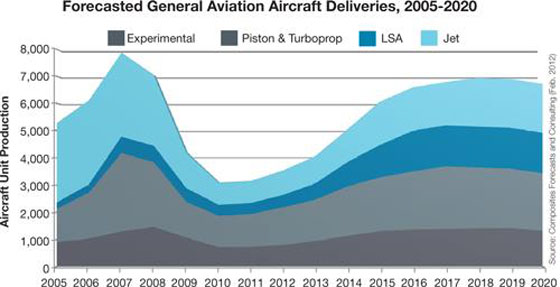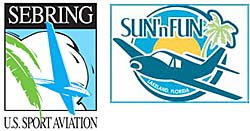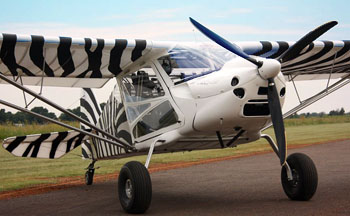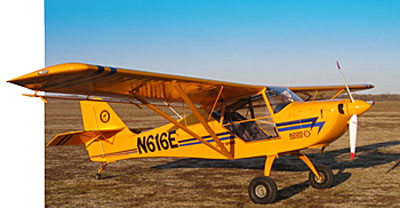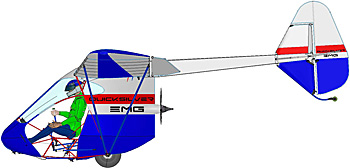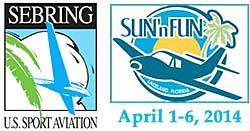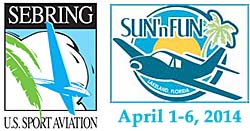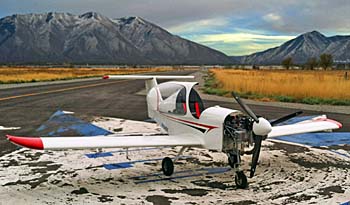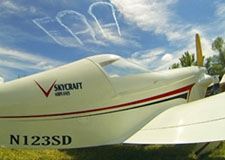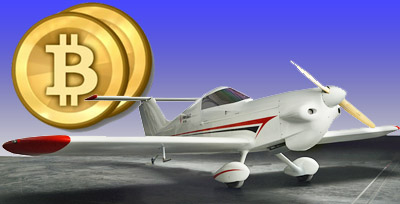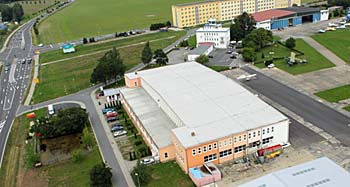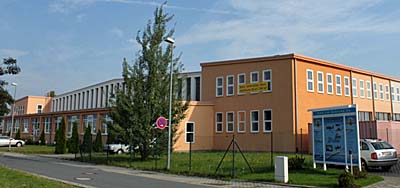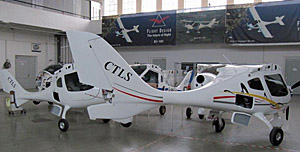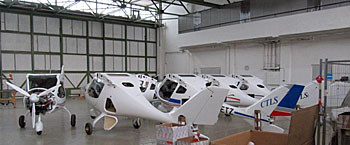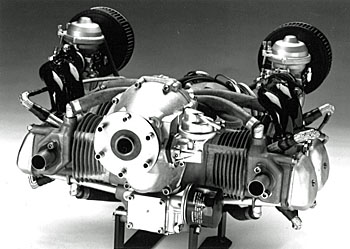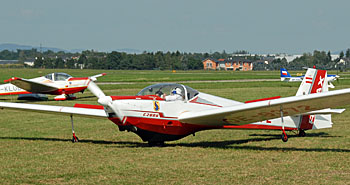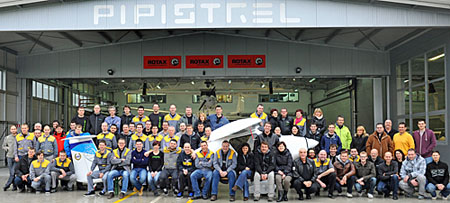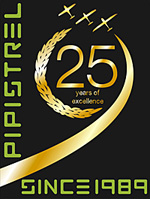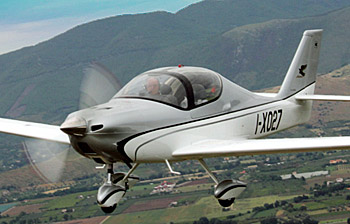
By their reported numbers Tecnam lays claim to be the largest producer of very light aircraft. I use that term versus Light-Sport Aircraft as the Italian manufacturer is not the leading LSA seller yet their sales figures support the company being the world’s largest for LSA-type aircraft. For at least the last couple years, Tecnam has reported sales numbers in the 200 per year range. I have no way to independently verify that volume but it’s clear they are a success story. Tecnam’s website states, “With over 3,500 Tecnam airplanes operating around the world today, Tecnam customers and operators are supported by a global network of over 60 dealers and 100 Tecnam Service Centers.” They boast a wide range models, including Eaglet, P2008, the aerobatic Snap, the newly introduced (to Americans) Astore, and their Twin. In addition to the Astore unveiling Tecnam announced a major news development and several noteworthy initiatives for the U.S.



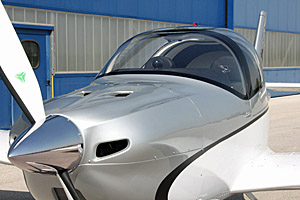
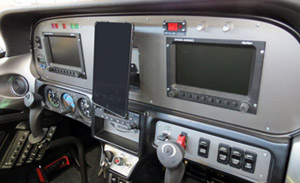
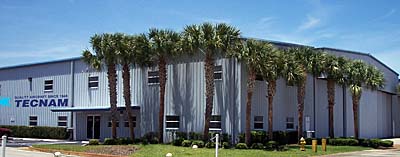
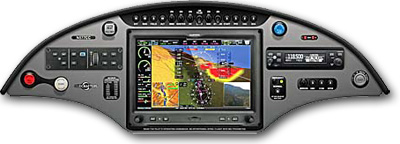
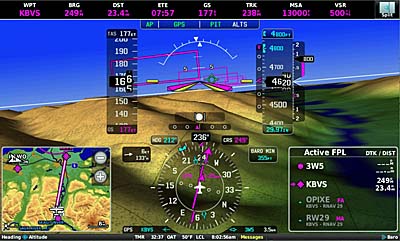
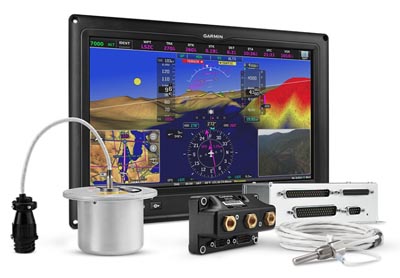

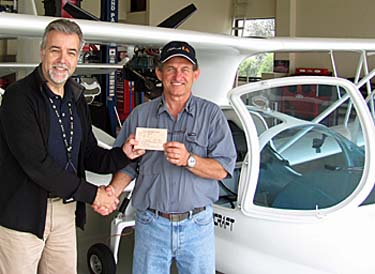
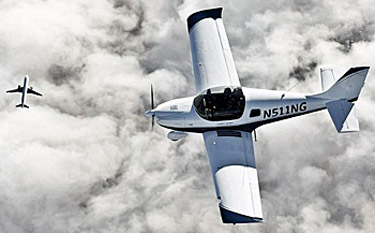
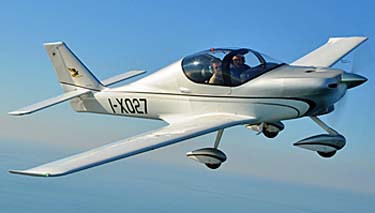

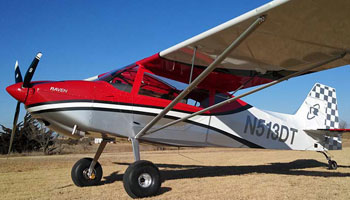

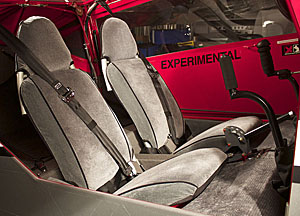
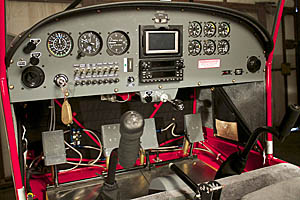

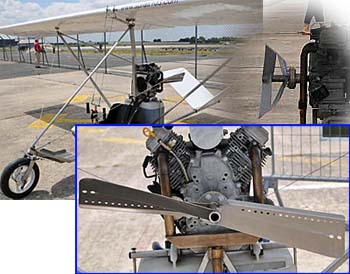
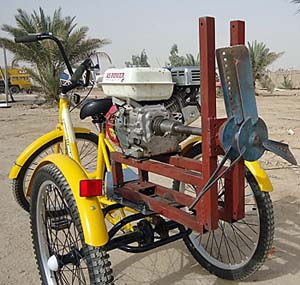
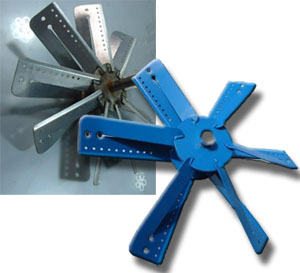
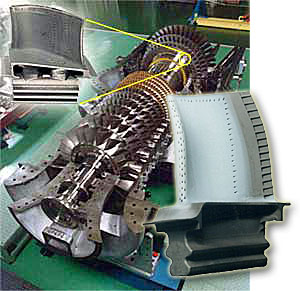

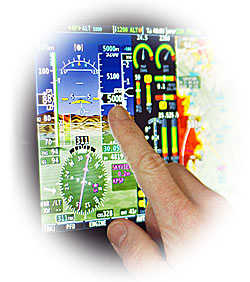
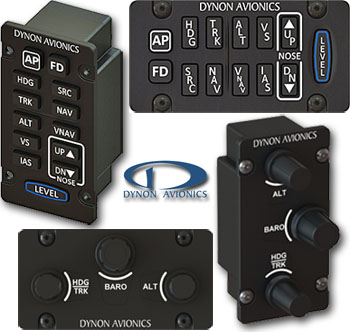


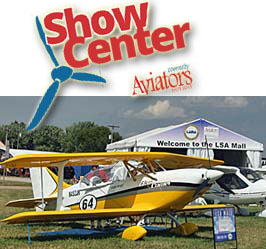
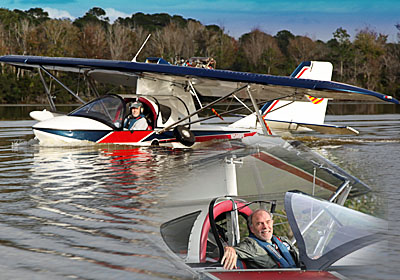
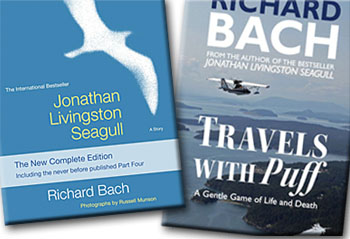
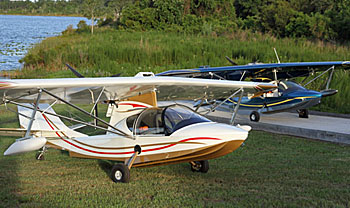

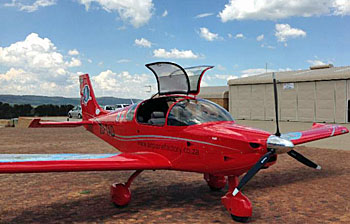
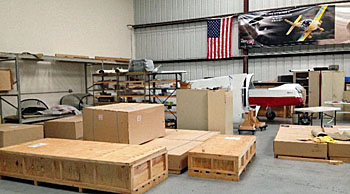
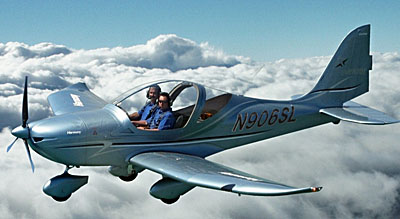

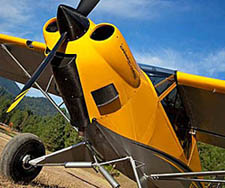
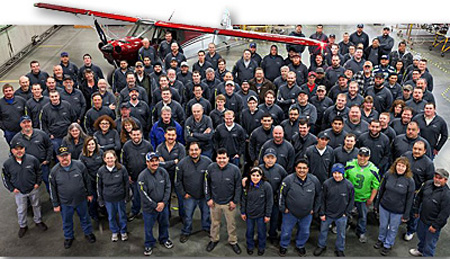
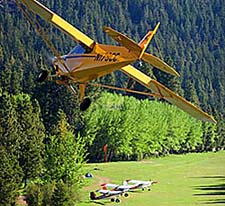
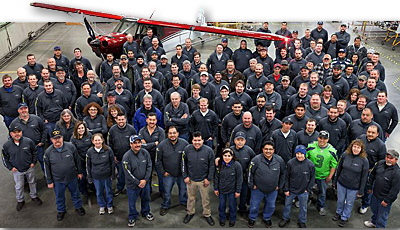

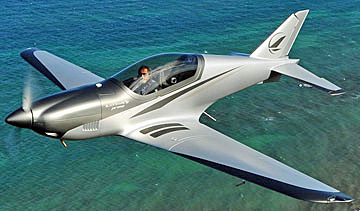 At Aero 2013 in Friedrichshafen, Germany, I was caught by the smooth, lean lines of an airplane called Prime by designer/producer
At Aero 2013 in Friedrichshafen, Germany, I was caught by the smooth, lean lines of an airplane called Prime by designer/producer 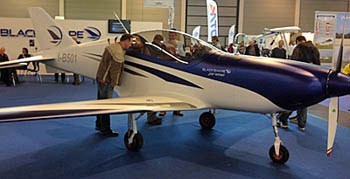 Blackshape's Prime will be distributed in North America by the Aircit Aviation-Aviasport partnership. The importer reported, "Prime delivers ... performance and economy for a very low operating cost. Using a complete suite of electronic equipment, the Prime redefines the standards for pleasure and efficiency by taking full advantage of the strength and light weight of carbon fiber. The well-known and respected Rotax 912 ULS engine contributes to the reliability and efficiency of operation of this futuristic aircraft." Standard equipment: retractable landing gear; digital instrumentation; variable pitch propeller; autopilot; survival [cockpit] cell; and ballistic parachute. Prime specs: VNE of 212 mph; cruise at 75% throttle up to 170 mph (and remember, this is claimed from just 100 horsepower); maximum takeoff weight 1,232 pounds (the original LSA weight before it was bumped to 1,320 pounds). With two fuel tanks totaling 29 gallons, range at cruising speed is reported at 688 statute miles. In economy mode at 140 mph, range increases past 1,000 stature miles. Takeoff and landing requires less than 500 feet on a paved or smooth natural surface.
Blackshape's Prime will be distributed in North America by the Aircit Aviation-Aviasport partnership. The importer reported, "Prime delivers ... performance and economy for a very low operating cost. Using a complete suite of electronic equipment, the Prime redefines the standards for pleasure and efficiency by taking full advantage of the strength and light weight of carbon fiber. The well-known and respected Rotax 912 ULS engine contributes to the reliability and efficiency of operation of this futuristic aircraft." Standard equipment: retractable landing gear; digital instrumentation; variable pitch propeller; autopilot; survival [cockpit] cell; and ballistic parachute. Prime specs: VNE of 212 mph; cruise at 75% throttle up to 170 mph (and remember, this is claimed from just 100 horsepower); maximum takeoff weight 1,232 pounds (the original LSA weight before it was bumped to 1,320 pounds). With two fuel tanks totaling 29 gallons, range at cruising speed is reported at 688 statute miles. In economy mode at 140 mph, range increases past 1,000 stature miles. Takeoff and landing requires less than 500 feet on a paved or smooth natural surface.
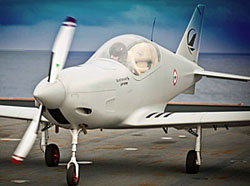 Developed and produced since 2011 by Blackshape SpA in Italy, Prime is now well known in Europe and the Middle-East. The importer claims the Italian Navy is working with Blackshape to develop a program using Prime aircraft to train its pilots for aircraft carrier operations. A more powerful version with Rotax's turbo 914 at 115 horsepower and 1,650 pound gross weight is reportedly in preparation for Canada and the United States. For more civil uses in North America — and for those who don't mind paying for the fetching shape, the Advanced Ultralight Aircraft (AULA) ready-to-fly version of Blackshape's Prime is available starting at about $242,000. Aircit Aviation-Aviasport's first model is expected in April at the Lachute, Quebec Airport, 40 minutes west of Montreal. The Italian manufacturer requires all Blackshape distributors to offer at least 10 hours of flight training in the Prime upon purchase.
Developed and produced since 2011 by Blackshape SpA in Italy, Prime is now well known in Europe and the Middle-East. The importer claims the Italian Navy is working with Blackshape to develop a program using Prime aircraft to train its pilots for aircraft carrier operations. A more powerful version with Rotax's turbo 914 at 115 horsepower and 1,650 pound gross weight is reportedly in preparation for Canada and the United States. For more civil uses in North America — and for those who don't mind paying for the fetching shape, the Advanced Ultralight Aircraft (AULA) ready-to-fly version of Blackshape's Prime is available starting at about $242,000. Aircit Aviation-Aviasport's first model is expected in April at the Lachute, Quebec Airport, 40 minutes west of Montreal. The Italian manufacturer requires all Blackshape distributors to offer at least 10 hours of flight training in the Prime upon purchase.
